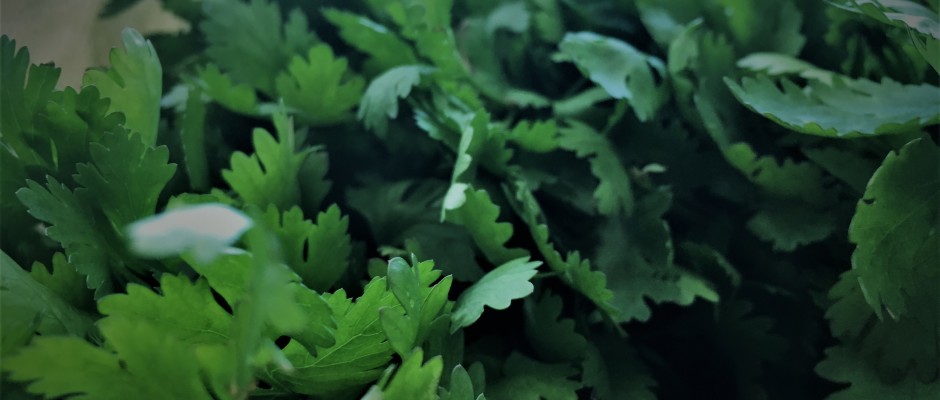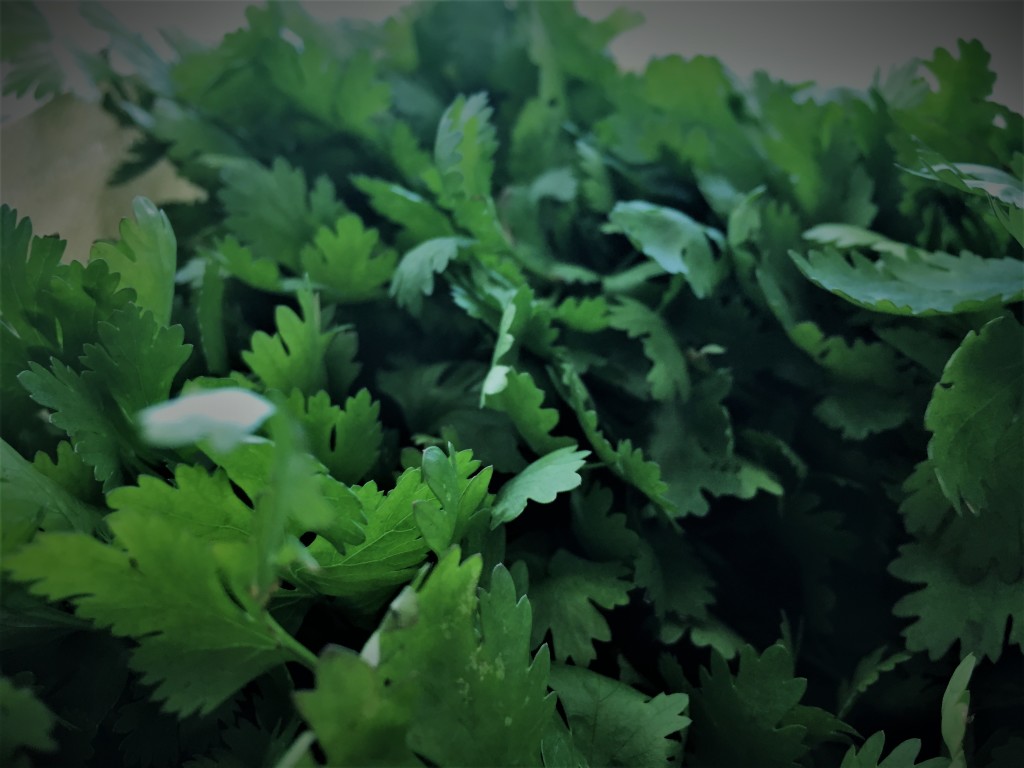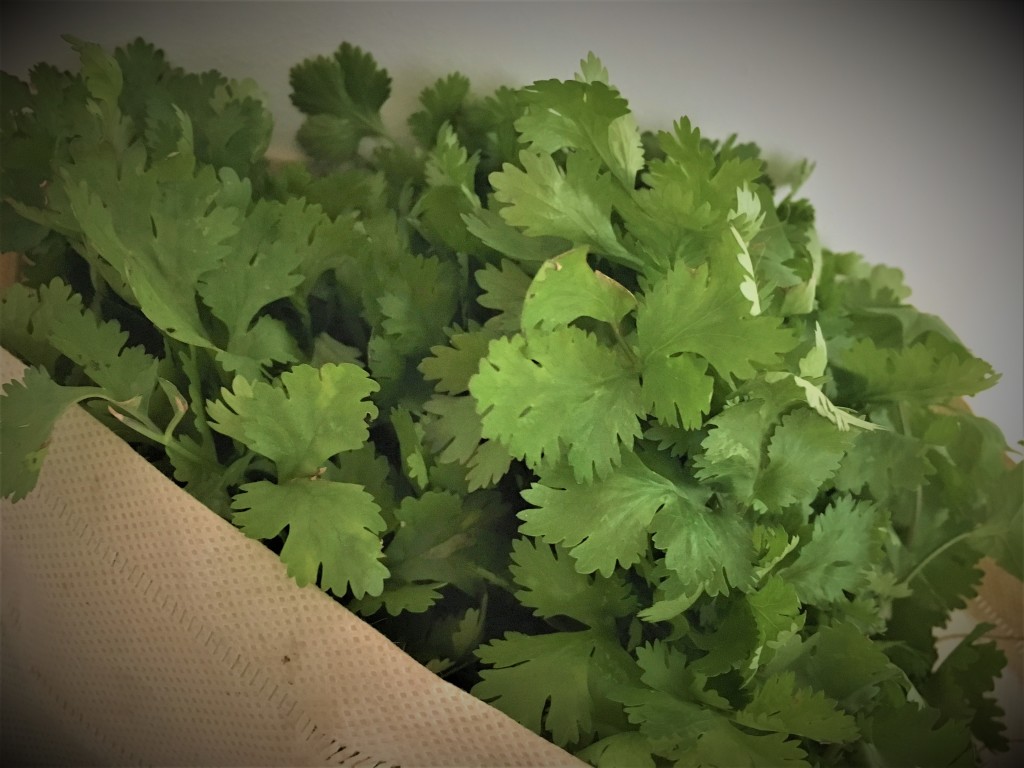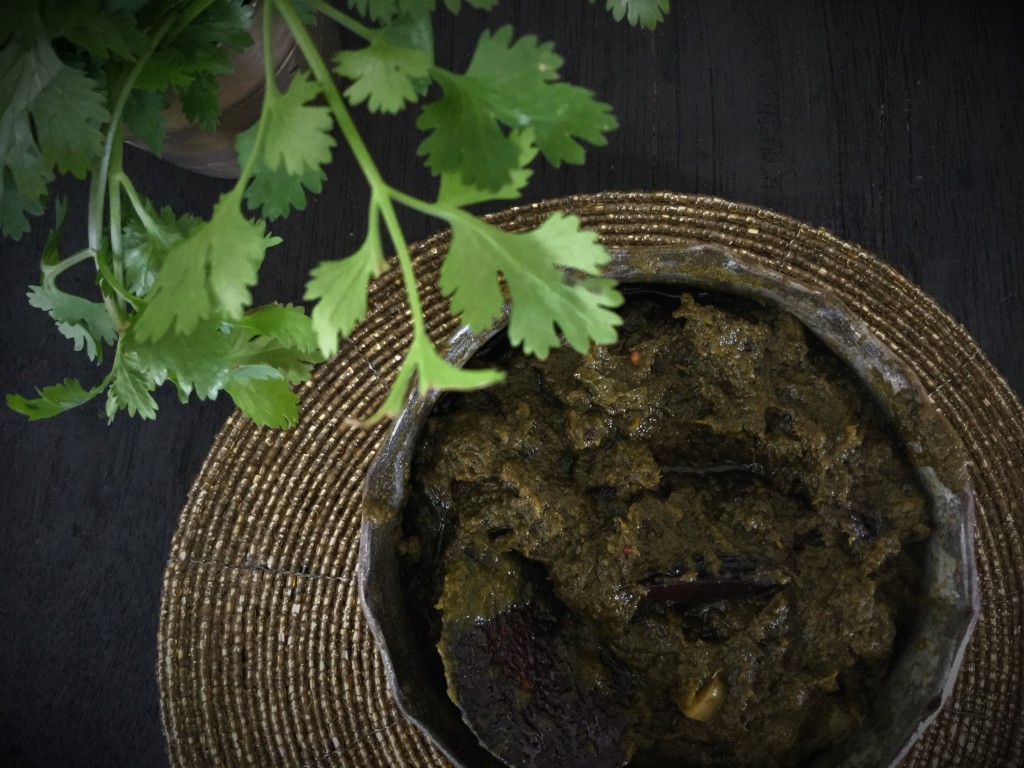Simplicity Coimbatore , Coriander not to be taken lightly
We are often advised to include a variety of greens in our daily diet.How many of us actually pay attention to the many herbs that are on our plates every day ?! Let’s take the coriander leaves for instance…they are used as a garnish , or sometimes just scattered over the dish to add colour. Most often these are relegated to the edge of the plate and many a time find their way into the garbage.It’s a pity that folks are not more aware of it’s many benefits.Not only is it loaded with nutrients but is also a great flavour enhancer when added in the right quantities.
This is a herb that grows quickly but is known to be temperamental in the initial stages of growth. When picked at the micro green stage (9-12 days growth) it imparts a very different taste which is more concentrated in the tiny leaves. At this stage flavour is sort of in between that of the strong dhania seed and the mature coriander leaf. In the micro green stage it’s best eaten raw, delicious when ground along with coconut chutney, eaten as a salad or when made into a thayir pacchadi.
Few years ago we used to watch a TV show featuring chef Anjum Anand cooking up her version of Indian dishes for a primarily British audience. Each dish either began or ended with using coriander leaves. It was then that I actually started incorporating more and more of this herb into our daily diet. The aroma of freshly picked coriander leaves is in itself so uplifting and motivates one into starting a herb garden. In the olden days both the leaves as well as the seeds were chewed on to ward off bad breath and mouth ulcers.
A handful of coriander a day can help treat many ills. Studies have shown that it contains around eleven components of essential oils as well as six types of acids, vitamins and minerals. All these help combat a range of problems from indigestion,heart disease,skin problems,fungal/ bacterial infections as well as seasonal allergies.
So, instead of looking for foods that are more in the limelight, eating this locally grown ingredient in mindful daily doses can have a great positive impact on long term health.When eating it in the raw form,do make sure that the leaves are washed in clean water and patted dry before consuming.Water borne diseases are many in number and one must always take the necessary precautions.
Aside from the coriander leaves, the stems too pack a great punch and must be included instead of being discarded.One of our all time favourites is the highly versatile kothumali thokku; each family has it’s own special recipe and it is a wonderful condiment to keep handy when those hunger pangs hit. Mixed with rice , eaten with dosai or lathered on bread,this never fails to hit the spot.
A recent addition to our ‘coriander thokku applications’ is that of the green chutney-egg-breakfast.It’s quick, scrumptious and high on nutrition. Add a few spoonfuls of the yummy thokku to a frying pan set on low heat. Break the eggs (free-range is best) into a separate bowl (just to check for spoilage) and add it to the pan over the chutney.Add a pinch of salt and freshly cracked pepper,cover and let cook until the eggs set.In the meanwhile,toast a few slices of any whole grain bread and you’re all set for a healthy start to your day !
Obviously,this can’t be a daily affair so do look for other ways to add this herb to your favourite foods.Chop it fine so that it blends into the dish rather than being left uneaten.It’s also great paired with lemon and green chili, to make a quick marinade for meat or veggies.My sister-in-law even makes a tasty lemon and coriander cake so, you see, the possibilities are endless.





No comments yet.